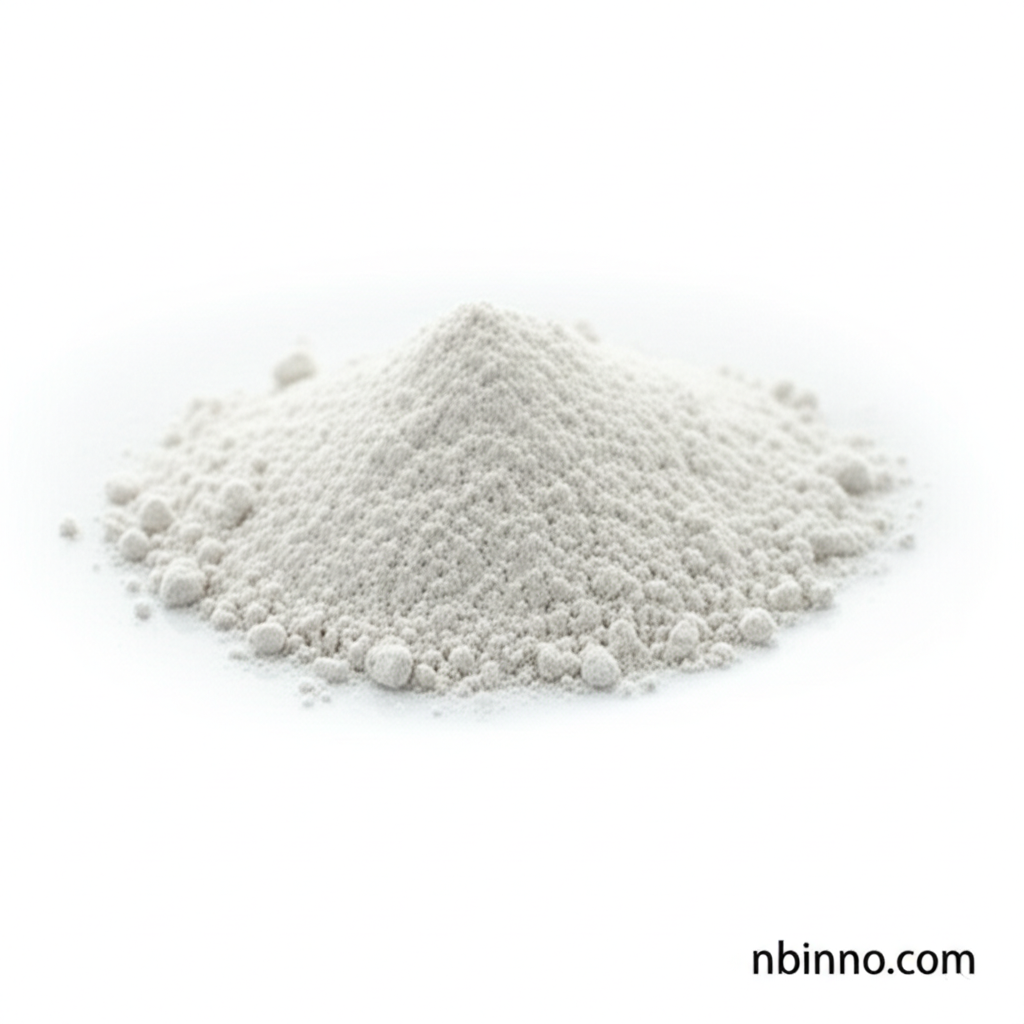2,2'-Bipyrrole: A Versatile Heterocyclic Compound for Advanced Chemical Synthesis
Discover the potential of 2,2'-Bipyrrole (CAS 10087-64-6) as a key chemical intermediate for advanced applications, from OLED materials to catalytic corroles. Explore its role in modern chemical synthesis.
Get a Quote & SampleProduct Core Value

2,2'-Bipyrrole
We are a reliable supplier in China offering high-quality 2,2'-Bipyrrole, a critical chemical intermediate essential for various advanced syntheses. Its unique heterocyclic structure makes it invaluable for developing next-generation materials and catalysts. As a manufacturer in China, we ensure consistent purity and availability.
- Facilitating Electrochemical Polymerization: Explore how 2,2'-Bipyrrole acts as a key facilitator in the electrochemical polymerization of pyrrole and N-methylpyrrole, crucial for advanced material fabrication.
- Advancing OLED Luminescent Materials: Dive into the potential of 2,2'-Bipyrrole and its derivatives as promising candidates for developing high-performance OLED luminescent materials, contributing to brighter and more efficient displays.
- Synthesizing Corroles for Catalysis: Understand the role of 2,2'-Bipyrrole as a vital building block in the synthesis of corroles, which are being studied extensively for their catalytic properties and potential as photodynamic therapy photosensitizers.
- Driving Innovation in Organic Chemistry: Leverage 2,2'-Bipyrrole for cutting-edge research in organic chemistry, enabling the creation of novel molecular structures with tailored properties for diverse industrial applications.
Advantages Offered by 2,2'-Bipyrrole
Versatile Chemical Intermediate
As a versatile chemical intermediate, 2,2'-Bipyrrole offers extensive possibilities for creating complex organic molecules, supporting your research and development efforts in advanced chemical synthesis.
OLED Material Development
Its potential in developing OLED luminescent materials makes 2,2'-Bipyrrole a key component for the future of display technology and lighting solutions, contributing to brighter and more energy-efficient devices.
Catalytic Applications
The use of 2,2'-Bipyrrole in synthesizing corroles opens avenues for novel catalytic applications, offering efficient solutions for various chemical transformations.
Key Applications
OLED Technology
Investigate the role of 2,2'-Bipyrrole in advancing OLED technology, enabling the creation of superior luminescent materials for next-generation displays and lighting with improved efficiency and color purity.
Catalysis
Explore the application of 2,2'-Bipyrrole derivatives in catalysis, particularly corroles, which show promise in various chemical reactions and advanced material synthesis.
Organic Synthesis
Utilize 2,2'-Bipyrrole as a fundamental building block in complex organic synthesis, allowing for the precise construction of intricate molecular architectures with desired functionalities.
Material Science
Discover the broader applications of 2,2'-Bipyrrole in material science, leveraging its heterocyclic structure to engineer novel materials with unique electronic and optical properties.
